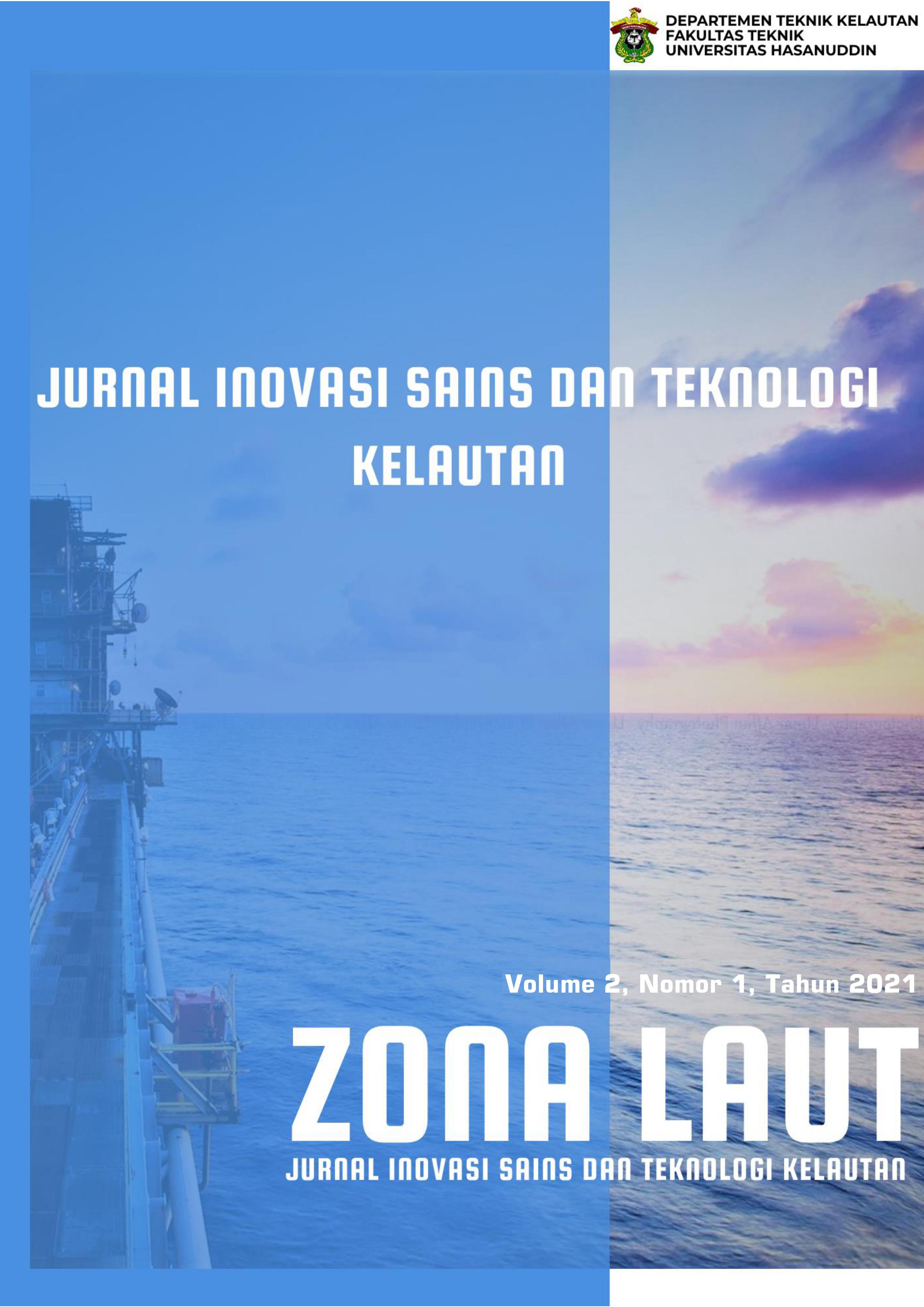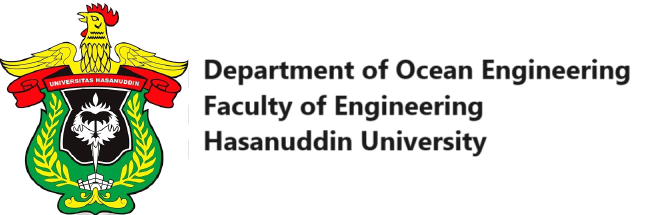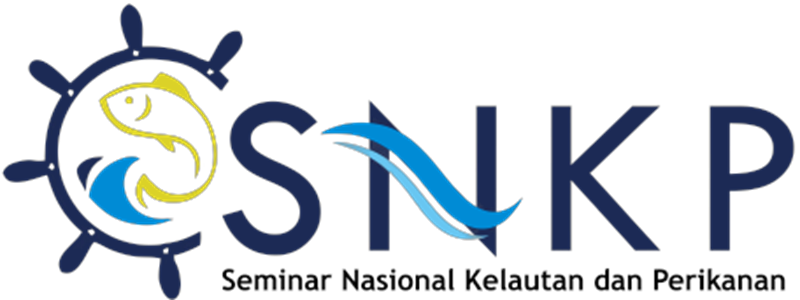The Design of Using Solar Cells as Alternative Energy for Solar Fuel on a Tour Boat at Lovina Beach, Bali
DOI:
https://doi.org/10.62012/zl.v2i1.11883Keywords:
Boat, Diesel Fuel, Solar Cells.Abstract
Lovina Beach, which is located in Buleleng Regency, Bali Province, is very attractive to tourists because it presents the attraction of wild dolphins in the middle of the sea. The dolphins on Lovina Beach are protected by local government regulations, so no one is allowed to catch or sell them. To be able to watch dolphin attractions in the middle of the sea, tourists must rent a boat that has been provided by the manager. Boats that sail using diesel fuel are quite expensive. These conditions are the background to serve this article. We develop solar cells as an alternative energy fuel for boat propulsion. Solar cell is a device or component that can convert sunlight energy into electrical energy using the Photovoltaic effect principle. The photovoltaic effect is an earthquake phenomenon where the voltage is due to the contact or contact of two electrodes which are served with a solid or liquid system when receiving light energy. The electrical energy that is processed is stored in the battery which will be used while sailing. The advantage of solar cells is that they are environmentally friendly and do not cause pollution at all, and solar cells are a source of energy considering their sustainable nature (renewable) and abundant instructions. Keywords: Boat, diesel fuel, solar cells.Downloads
References
N. Transport, “Bali, Pantai Lovina Lumba-lumba, Melihat Ikan.” [Online]. Available: https://natantransport.com/pantai-lovina/.
F. Us, “Tiga PLTS Siap Perkuat Sistem Kelistrikan Lombok.” [Online]. Available: https://economy.okezone.com/read/2019/07/05/320/2074932/tiga-plts-siap-perkuat-sistem-kelistrikan-lombok.
M. Sugeng and P. Habibi, “Analisis perawatan purifier pada sistem bahan bakar main engine kapal,” no. November, pp. 1–7, 2020.
T. M. I. Mahlia, N. Ismail, N. Hossain, A. S. Silitonga, and A. H. Shamsuddin, “Palm oil and its wastes as bioenergy sources: a comprehensive review,” Environ. Sci. Pollut. Res., no. May, 2019.
F. Yusupandi, “Solar Energy : From Light To Electricity,” 2017. [Online]. Available: https://www.kompasiana.com/fauziyusupandi/59a03af65169955bc72477a2/solar-energy-from-light-to-electricity?page=all.
R. Bernardi, “Melihat Kapal Nelayan Bertenaga Surya di Kota Pekalongan,” 2020. [Online]. Available: https://news.detik.com/berita-jawa-tengah/d-5077245/melihat-kapal-nelayan-bertenaga-surya-di-kota-pekalongan.
Downloads
Published
How to Cite
Issue
Section
License
Copyright (c) 2021 Zona Laut: Journal of Ocean Science and Technology Innovation

This work is licensed under a Creative Commons Attribution 4.0 International License.
Allow anyone to modify, improve, and make derivative works, even for commercial purposes, as long as they credit to you for the original work.





























